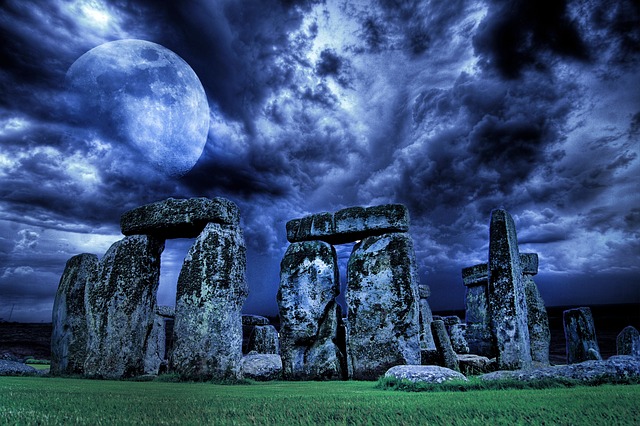
In Part 1, we considered time as both linear and circular. In part 2 we will consider time as both profane and sacred. By profane is meant time tending toward the temporal and unhallowed. By sacred is meant time tending toward the eternal and hallowed.
In his classic text on the history of religion, The Sacred and the Profane, Mircea Eliade says that people have been aware of two kinds of time. There has been profane time, which is linear, and sacred time, which is circular. In chapter two of his text, Eliade states, “One essential difference between these two qualities of time strikes us immediately: by its very nature sacred time is reversible in the sense that, properly speaking, it is a primordial mythical time made present.”
During sacred time, observations of the original sacred event are repeatedly remembered, retold, and relived. We can think of how Passover is observed by Jews today as more than remembering and retelling the story of the Exodus journey. Passover also relives the Exodus story and binds the present to the past and future.
Likewise, we can think of how Holy Week is observed by Christians today as more than remembering and retelling the story of Holy Week. It also relives Palm Sunday, Maundy Thursday, Good Friday, and Easter Sunday. Holy Week is a liturgical journey through the Scriptures that travels from time to eternity.
We will explore time and eternity a bit more in the next post.
~ Boethius ~